Affiliate links on Android Authority may earn us a commission. Learn more.
Oxygen OS 14 beta hands-on: Half-baked but still fast and smooth
September 25, 2023
Since February this year, we’ve been testing out early versions of Android 14 on Pixel phones. However, it’s only been over the past two months that we’ve seen a concentrated rollout of betas for popular Android skins. Now we have all the details from OnePlus about its own take on Android 14, known as Oxygen OS 14.
To be clear, people who own the OnePlus 11 in certain countries have been able to access an open beta of OOS14 for the past few weeks. However, OnePlus has now provided us with a guide going over all the new features, which it hadn’t done previously. Some of these features aren’t active yet, so beta testers wouldn’t know about them. We also know when the official rollout of Oxygen OS 14 will begin, at least for the OnePlus 11: November 2023. In other words, this beta program will last for the better part of two months before the stable version begins rolling out (barring any delays).
In the meantime, here are the significant new features of Oxygen OS 14 on the OnePlus 11!
Notes on this hands-on: OnePlus gave us early access to software build CPH2451_14.0.0.52(SP02EX01) for this test. We had it installed on a OnePlus 11 (CPH2451).
Trinity Engine: More marketing jargon for ‘fast and smooth’ in Oxygen OS 14

Since Day 1, OnePlus has touted Oxygen OS as being “fast and smooth.” As one would expect, the company put a ton of marketing effort this year into emphasizing how fast and smooth the new Oxygen OS 14 is.
In OOS14, the company has added a new software system called the Trinity Engine. The “trinity” here references “powerful hardware, intelligent software, and the user experience.” The engine includes six passive tools that allegedly enhance the user experience by making things (you guessed it) faster and smoother.
However, this is OnePlus talking, so it’s hard to tell how much of this is marketing jargon and how much of it actually produces tangible differences. Since the tools are passive, there’s no way to control them, at least not yet. Still, the six tools are:
- CPU Vitalization
- ROM Vitalization
- RAM Vitalization
- HyperTouch
- HyperBoost
- HyperRendering
Each module is pretty self-explanatory. Notably, though, OnePlus makes a few claims on how these modules make using a OnePlus phone better. For example, the company says the CPU Vitalization tool can give you “20 minutes extra battery life without compromising performance.” The ROM Vitalization system allegedly can “save up to 20GB of storage through application compression and file deduplication.” Likewise, the RAM Vitalization system “delivers a 10% improvement in smoothness.” If you read these statements and feel like it’s mostly technobabble or just new words to describe things phones already do, we tend to agree.
Regardless, Oxygen OS 14 is fast and smooth. After my installation, I flew around the OS with zero lag, no stutters, and some incredibly smooth animations. However, I don’t know how much of this is attributable to this “Trinity Engine” and how much is attributable to Android 14’s core optimizations along with standard optimizations from OPPO’s Color OS, on which Oxygen OS is based. Considering I can’t control or even watch the tools work, I need to take OnePlus’ word for it.
Either way, the neverending marketing speak of “fast and smooth” has helped push OnePlus to produce a fast and smooth operating system, even in beta form, so I’m not complaining.
Aquamorphic design is everywhere but also not there
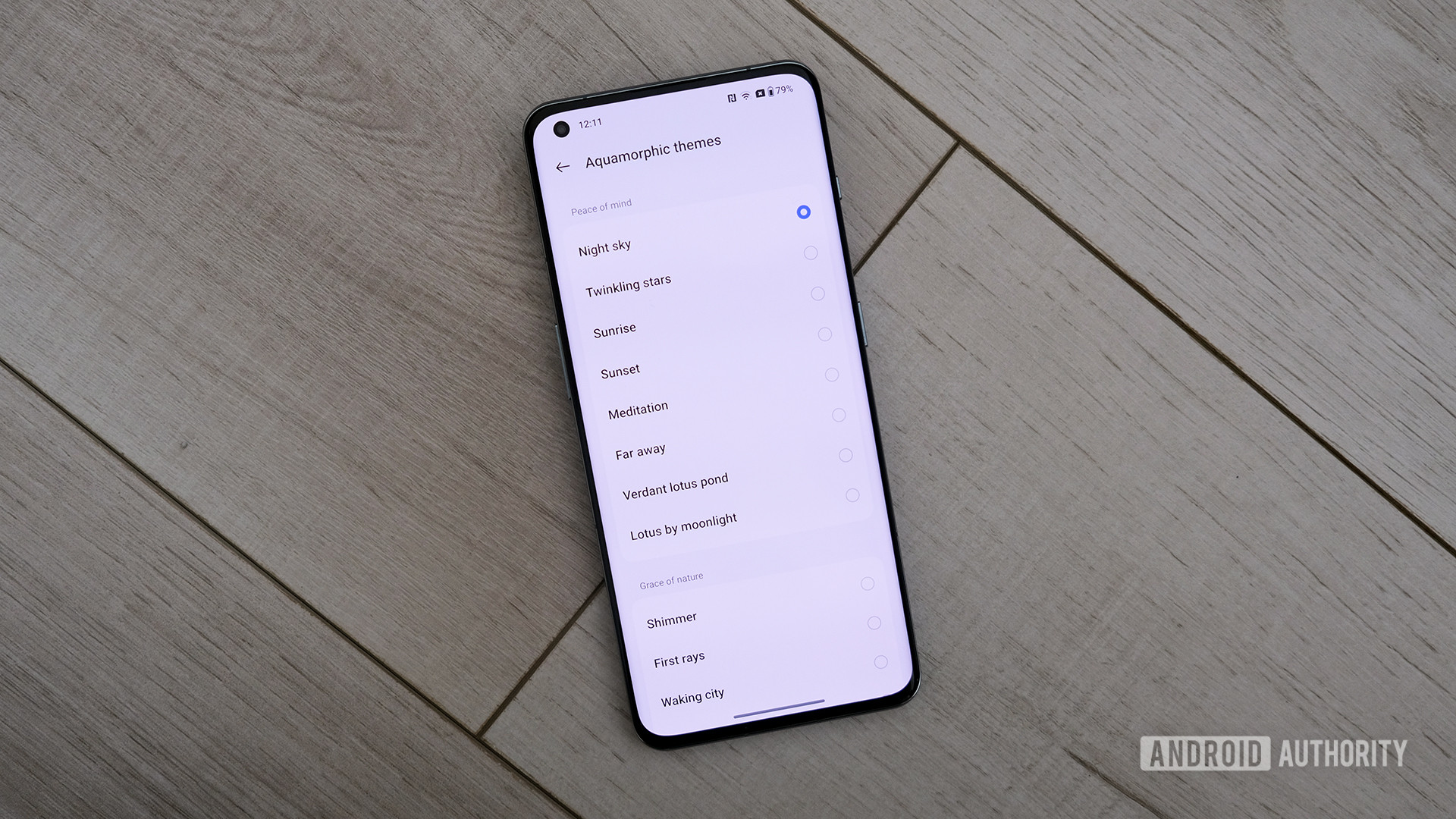
OPPO launched the so-called Aquamorphic design language within Color OS in 2022. Since Oxygen OS is based on the core code of Color OS, it eventually made its way to OnePlus phones. Now, Oxygen OS 14 features even more Aquamorphic elements throughout the system — if you can find them.
OnePlus told us about Fluid Cloud, which, despite its name, has nothing to do with cloud storage or cloud computing. Instead, Fluid Cloud is a new animation and design language for notifications. In other words, the designs of the usual notification panels and bubbles get subtly tweaked. I didn’t notice a difference compared to Oxygen OS 13, but OnePlus claims this is a “new way to interact with information…in a naturally merging and flowing way.” The company also claims you can customize Fluid Cloud, but I found no settings under that name and no customizations outside of the normal Android 14 stuff. It’s possible this will come with a future beta update.
Aquamorphic is OPPO's and OnePlus' word for the design language running through Color OS and Oxygen OS.
The company also told us about the enhanced Aquamorphic Color System. This dynamically changes your phone’s colors and overall look depending on your actions. One example OnePlus gave was the battery status changing to a gradient animation when you plug your phone in. While a temporary pop-up notification featuring a water-droplet-like animation appeared when I charged the phone, nothing else changed about the phone’s colors. OnePlus also says the background color of the lock screen would vary throughout the day, “like the color of the ocean on the horizon to remind you of the flow of time,” but I never saw anything other than the usual lock screen.
There were two design features I could actually try out, though. The first was new Aquamorphic ringtones and alerts. These new sounds bring “the vitality and calmness of nature to every digital interaction,” which is fairly hefty talk for some ringtones. Regardless, they were all quite pleasant. I’d compare them to sounds you might hear in a relaxing spa or underwater video game noises. It’s not revolutionary, but it’s nice.
Finally, there’s a new always-on display (AOD) called Go Green. The AOD allows you to select one of three Earth-related images and shows your carbon footprint based on the number of steps you’ve taken. The more steps you take, the more animations you see, and the closer the progress bar gets to the goal of CO2 reduction. I didn’t find the AOD to be aesthetically pleasing, but it’s always nice to see companies drawing attention to climate change and how tiny things like walking more can make a significant impact over time.
New security features we couldn’t test
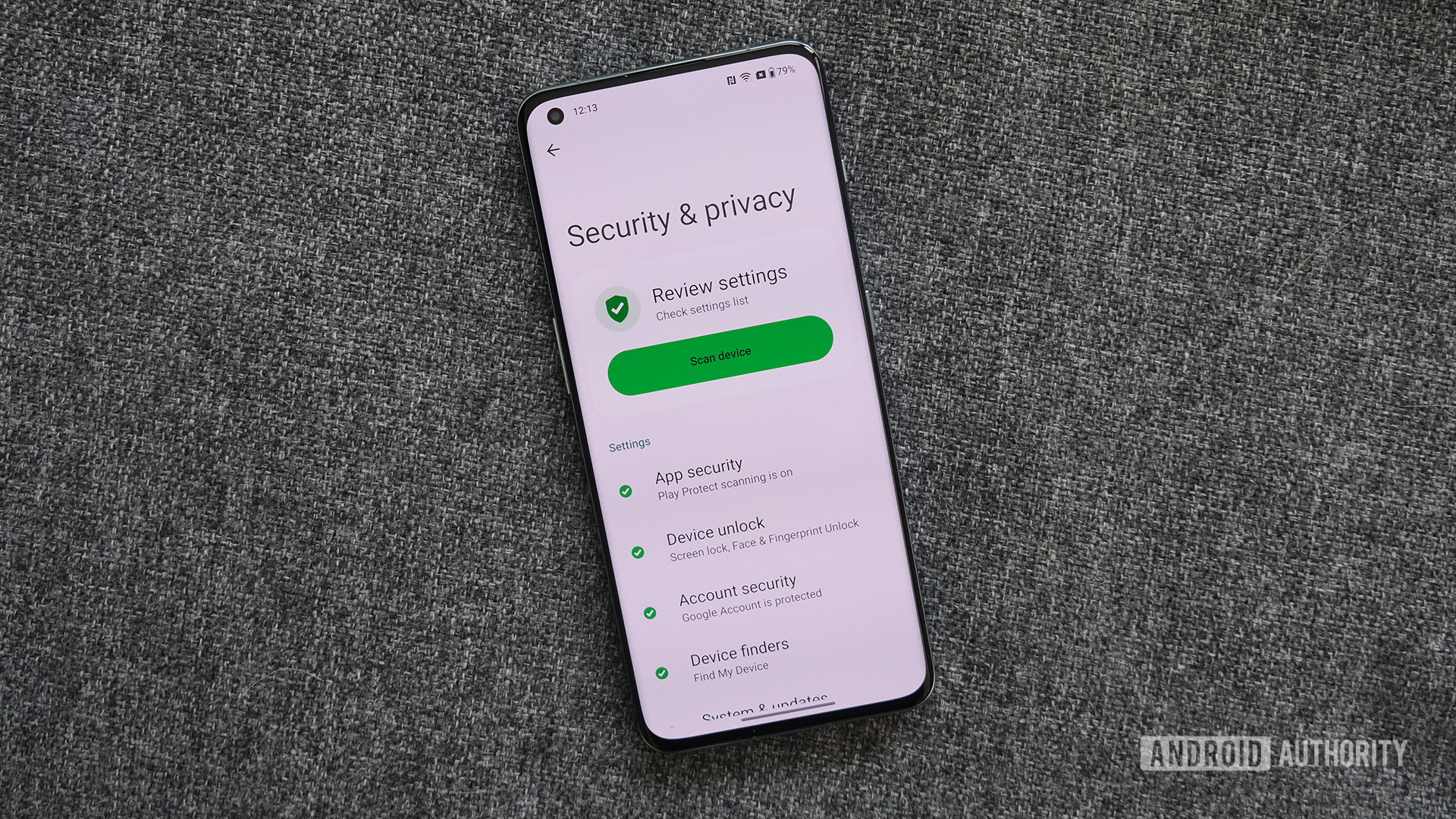
Oxygen OS 14 supports a new security feature called Strong Box. This software works in tandem with an embedded security element (eSE), aka a security chip. Like Titan M2 on the latest Pixel phones, it gives chip-level security and encryption features to keep your sensitive data safe. This would include passwords, for example.
Unfortunately, I couldn’t test Strong Box on the OnePlus 11 because it doesn’t have the necessary chip. In fact, no OnePlus phones have it. When we asked the company which phones would get it, the company bluntly told us that it was confidential, which is of little help. We assume this will come to the OnePlus Open and certainly the OnePlus 12, but we don’t know for sure.
I could not test the two newest and most significant security features of OOS14.
Another security feature in Oxygen OS 14 is Auto Pixelate 2.0. First introduced in Oxygen OS 13 as Auto Pixelate, this feature allows you to quickly obscure certain aspects of screenshots for the sake of privacy. Initially, this only supported screenshots from certain chat apps, most notably WhatsApp. Now, it supports contact details, credit card numbers, license plate numbers, and more. The software intelligently scans a screenshot or photo and automatically blurs out this information for you.
I tried to give this a shot, but the Photos app kept crashing anytime I hit the “edit” button on a photo. So, while this sounds like a nifty update in theory, I can’t tell you how well it works. Maybe in the next beta?
There are some other security features I could actually test, but they aren’t exclusive to Oxygen OS 14. OnePlus tried to sell Android 14’s new permissions management and revamped Security & Privacy Center as Oxygen OS features, but they are just built into Android now, so everyone will get them.
In other words, Oxygen OS 14 has a new security feature that won’t work on the phone you currently own, another we couldn’t test, and a few others that aren’t even Oxygen OS features.
A few app updates, too
OnePlus phones come with a variety of pre-installed apps and tools. In Oxygen OS 14, we see updates to these tools and the introduction of two new ones.
File Dock
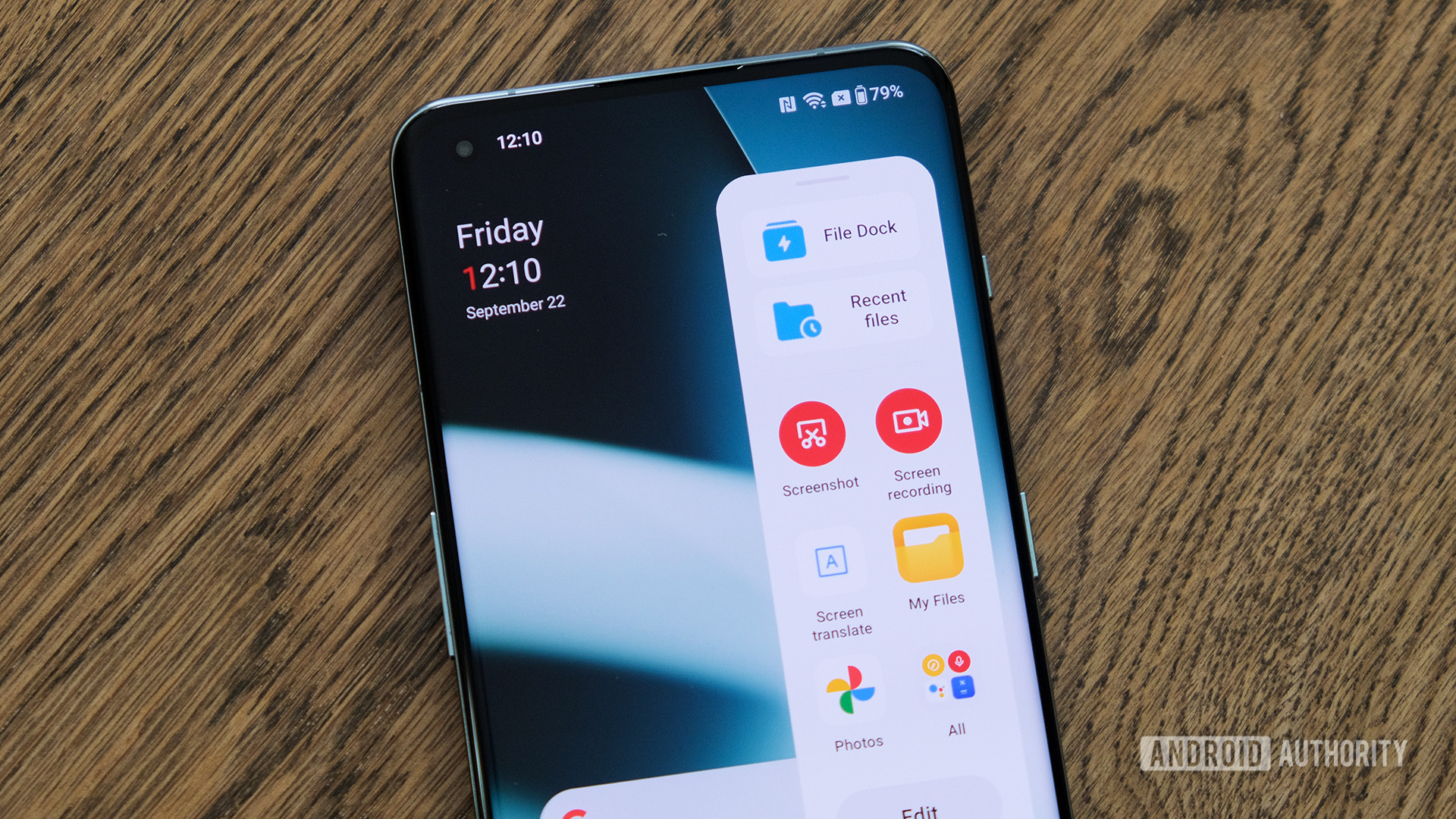
One of the more notable new features in Oxygen OS 14 is called File Dock. This module lives in the Smart Sidebar, which is essentially OnePlus’ version of Samsung’s Edge Panel. It’s a widget tray that permanently lives on the top right of your display, so you can swipe it out and access some tools. File Dock, when activated, lives on top of the Smart Sidebar.
File Dock exists to help you transfer data between apps. For example, you could drag a photo you find online into File Dock. Then, you can fire up a messaging app and drag the image from the dock into a new message. It’s a more elegant/simpler system when compared to saving that image and then manually adding it to a message.
This worked well during my hands-on time with OOS14. I moved a screenshot to the File Dock and then to a Messages text box. It was super easy, and OOS even highlighted the text box so I knew exactly where to put the image. I can see this being a handy productivity feature.
File Dock stays secure by automatically deleting anything in there after 30 days.
Smart Cutout
In iOS 16, Apple introduced a cutout tool for images. Normally, you’d need an editor like Photoshop to do it, but the tool allows you to automatically crop out backgrounds and focus only on the photos’ prime subject, usually a person or animal. Well, where Apple goes, Android must follow, so OnePlus’ Smart Cutout tool does the same thing as Apple’s.
Smart Cutout can allegedly identify up to three people in a single photo. It will remove the background and show you just the person or persons. Then, you can use other editing tools to add stickers, text, or other fun DIY stuff. Finally, you can add that as the contact photo for someone or just share it in a group chat.
Unfortunately, because I couldn’t get any editing tools within OnePlus’ Photos app to work, I couldn’t try this out. It seems cool, though!
Notes 2.0
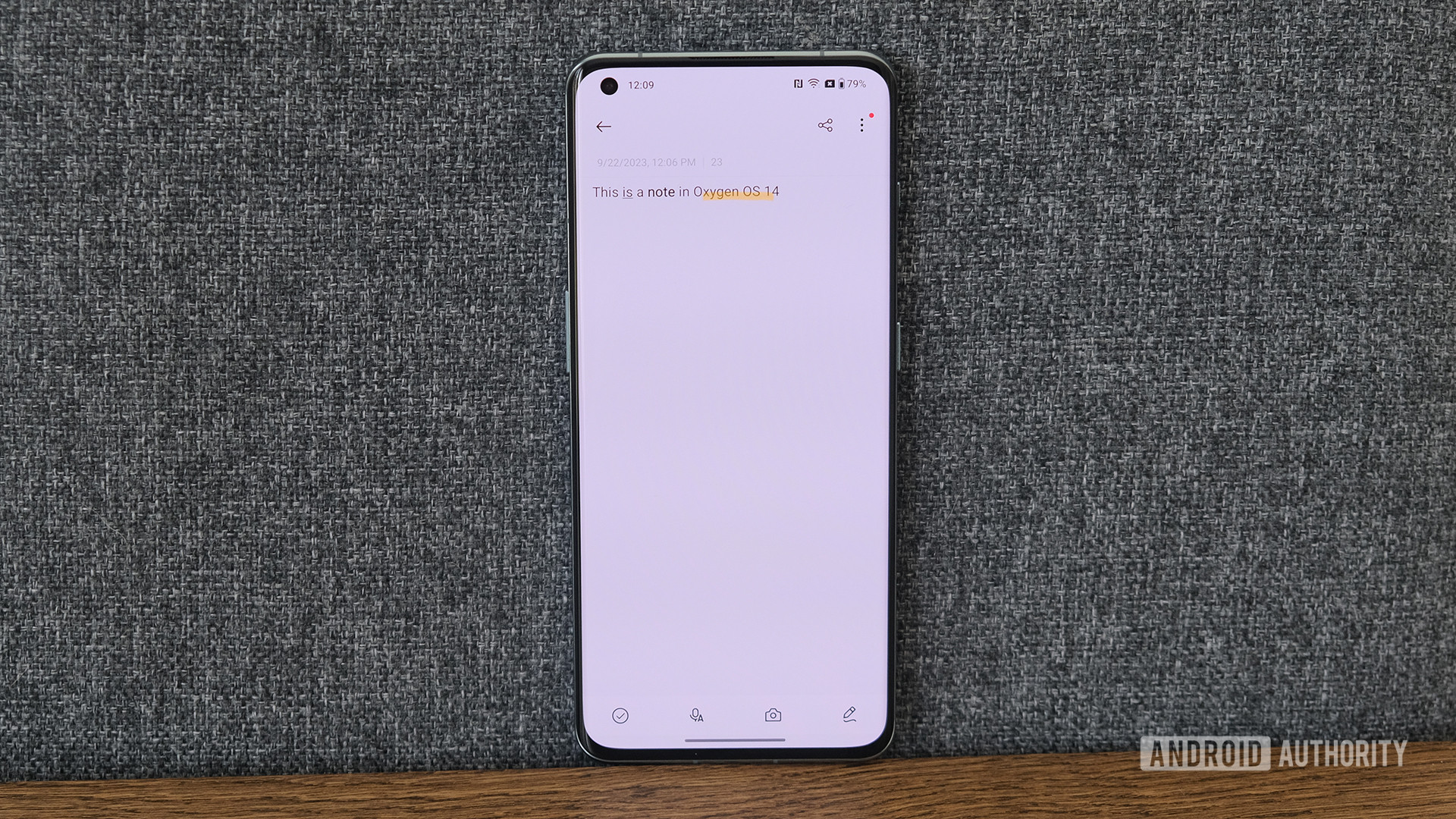
OnePlus upgraded its Notes app with some new rich text features. That means you can change fonts, add italics, bold, and even split lines. You can also change the color of the text and highlight certain parts. Notes 2.0 also features smart categorization, so it’s easier to find notes you made a long time ago.
There are probably better note apps available on the Play Store, but as far as pre-installed note-taking services go, Notes 2.0 is really good.
Clone Phone 2.0
Clone Phone is one of the oldest OnePlus-designed apps we’ve seen. As the name suggests, it helps you to move your data from a competitor device to a new OnePlus phone. The app has been tweaked to make the initial setup process more straightforward and includes data that doesn’t transfer with older versions of Clone Phone.
Multi-Screen Connect 2.0
If you have multiple devices running Oxygen OS 14, you can easily move data between them as if they were both running as one. In other words, you can drag a file from your OnePlus 11 and “fling” it to your OnePlus Pad. No manual setup is needed; according to OnePlus, it just works.
Unfortunately, I couldn’t test it out since this requires two devices running Oxygen OS 14. The OnePlus Pad will get an Oxygen OS 14 open beta in October, so we’ll give it a try then.
Oxygen OS 14 hands-on: I wish we could test it more thoroughly
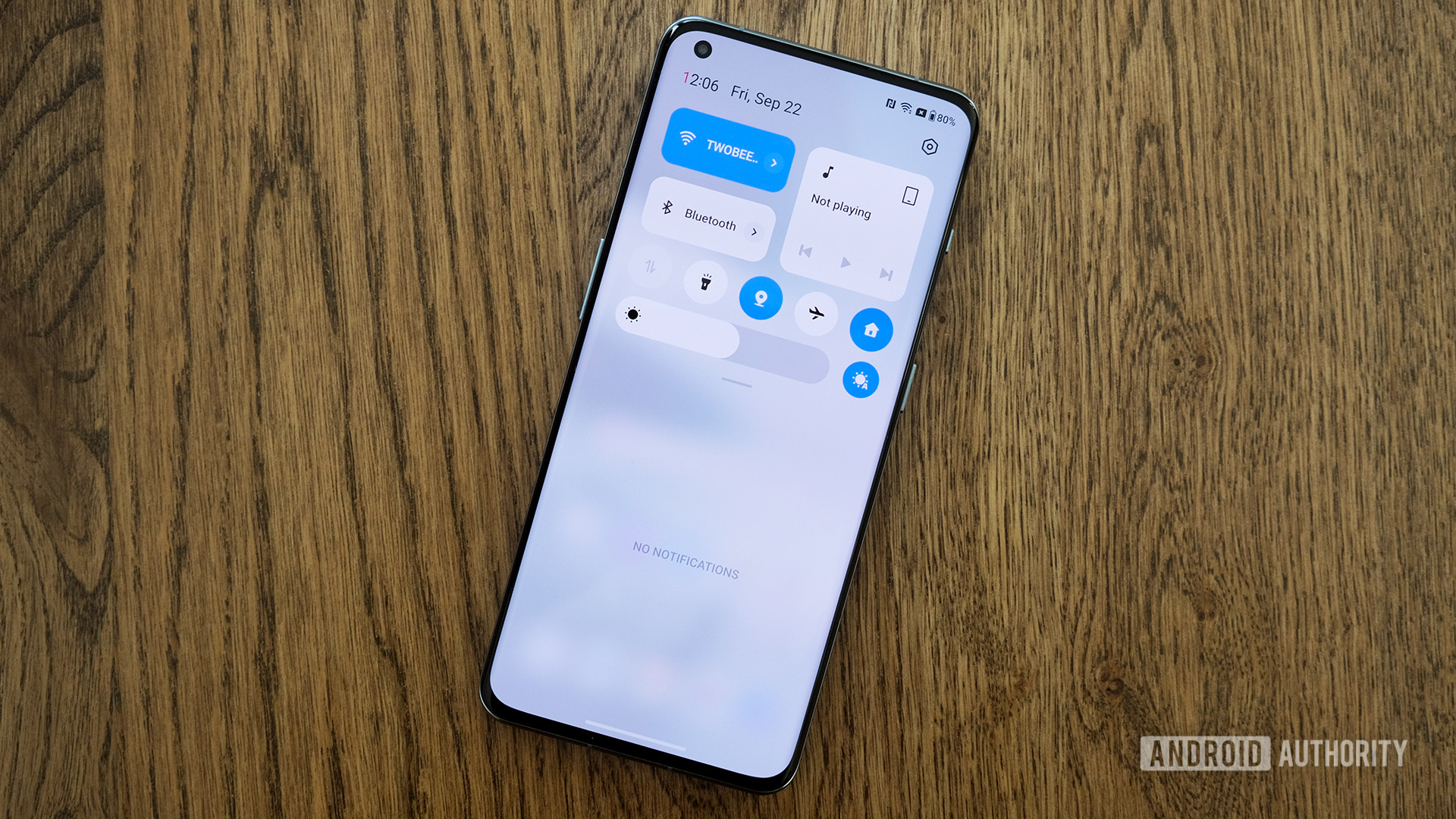
Obviously, Oxygen OS 14 is still in beta, so we shouldn’t expect everything to work perfectly. However, the gap between what OnePlus is promising and what’s actually working in this OOS14 beta is very wide. Roughly half of the promoted features either don’t work or are simply not there.
Granted, OnePlus has time to smooth things out. This open beta will last throughout this month and all through October. The company plans to send the stable version to the OnePlus 11 in November, and it could always delay that if necessary (it’s certainly done that in the past). We’re hopeful that future beta releases will have the features we’re missing here.
Based solely on OnePlus’ promises, though, Oxygen OS 14 seems like it will be pretty good. There are a few terrific features here, most notably File Dock, Auto Pixelate 2.0, and Smart Cutout. The Trinity Engine sounds like a load of fluff, but at least OnePlus is constantly pushing itself to make its operating system even better.
It goes without saying that the Oxygen OS of today is drastically different from the days of old when it was more akin to stock Android. That hasn’t changed with this release, and you’ll probably find yourself in a “love it” or “hate it” situation with the 2023 design. Subjectively, though, I think Oxygen OS looks fine for what it is.
Get Oxygen OS 14 for yourself
If you own a OnePlus 11, you can try out OOS 14 now. Installing it is tricky since it’s a different process depending on where you live. For example, North American residents don’t have a way to install system updates from within Android settings manually. Instead, you’ll need to download an APK from OnePlus and use that as a workaround. OnePlus had no comment on why North American handsets have this limitation.
If you don’t have a OnePlus 11, open beta access is coming soon. We have a roundup of all the OnePlus phones getting Oxygen OS 14 for your reference.
Thank you for being part of our community. Read our Comment Policy before posting.